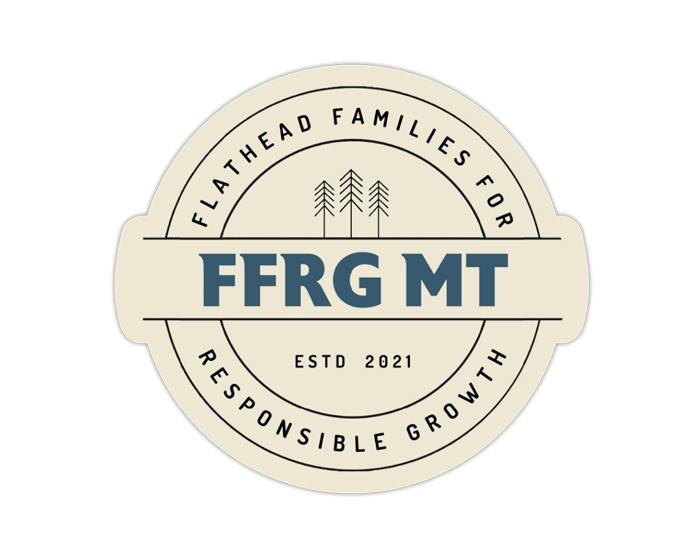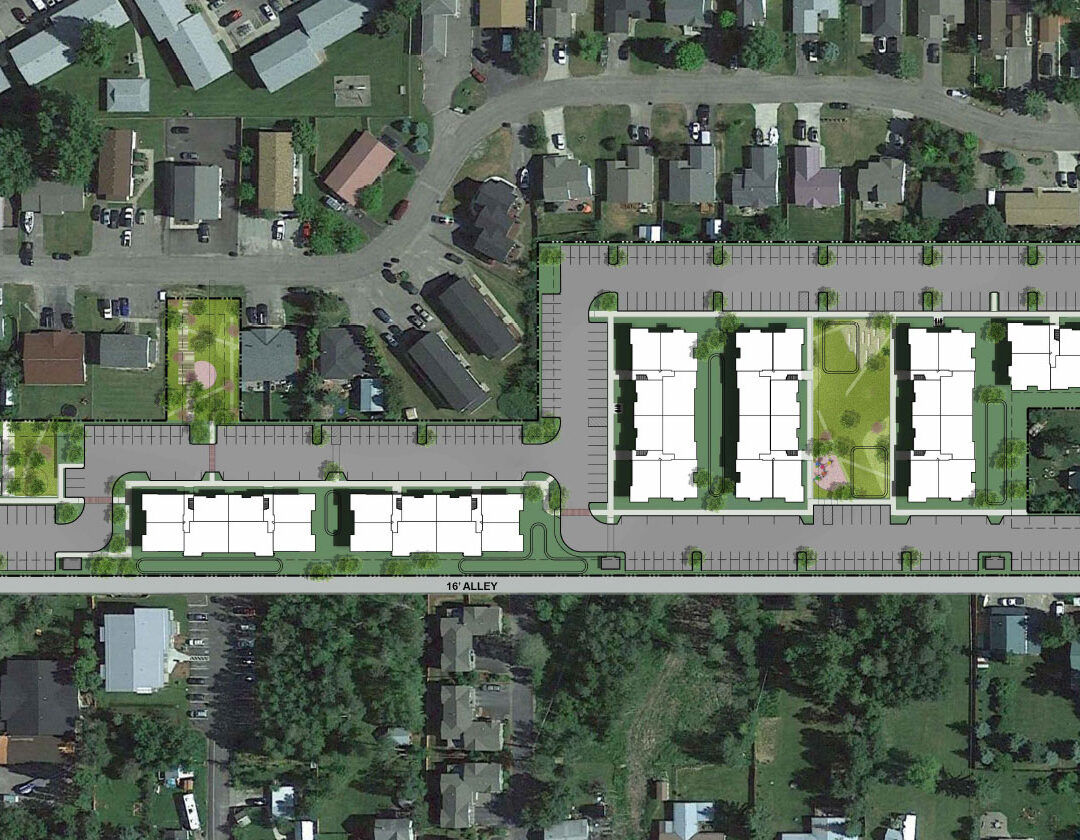
How Will the City Use Public Input Into Drafting the Growth Policy?
It is very difficult for us to be “specific” about how the team will use and incorporate public feedback into the drafting of the growth policy this early in the process and only at the level of a general survey thus far.
The feedback of the public will absolutely be analyzed and considered during the process and the public can stay involved in this process step-by-step. All drafts and maps will be posted on the website and reviewed in work sessions and public hearings open to the public.
At present, we are looking at existing conditions and collecting and analyzing data. There will be community meetings held in different geographic locations throughout the City, particularly toward the second half of the project when we are focusing on land use and housing. This growth policy is a community plan for OUR community, and it is remiss for staff to bring a Plan to the decision makers, or the decision makers to adopt a plan that does not represent the values of the community.
The ways public feedback can be incorporated into the drafting of a growth policy are too numerous for us to list or even theorize on at this point. We can use it to determine what the community values, and what the community wants Whitefish to look like and not look like in the future. What is the “community character” of Whitefish and how does Whitefish change, grow and evolve over the next 20 years and retain that character? Public feedback can help us consider what is most and least important to protect, where the view corridors are, what streets are safest and least safe? Where are the constraints to emergency ingress and egress, and how can they be improved? Which areas can best handle growth, which lack the infrastructure or contain other physical constraints that inhibit growth? How should new growth and development be distributed throughout the community? How can each area accept its fair share of growth? How can development occur with the least amount of impact on the neighbors? Where are you seeing wildlife? Where are your favorite areas to walk and what do you like to see and not see? Where can goods and services be located and reduce the amount of driving necessary?
That said, the way the public can best help us is to stay involved and offer us tangible suggestions. Recent state mandates require us to generate realistic population projections and plan for that growth. As we write the growth policy, it is our responsibility to consider the feedback of the residents, the future residents, the people who used to live here and no longer can, the housed and un-housed, the commuters, the out-of-staters, the service workers, the executives, the developers and the interest groups equally.

